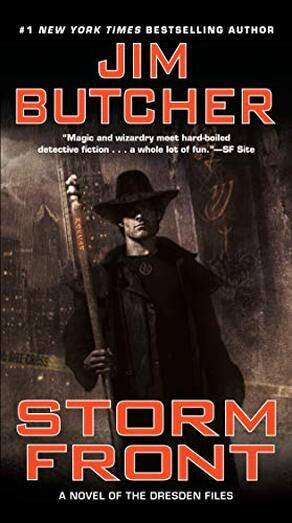 I am a big fan of fantasy, a big fan of crime and mystery novels, and a big fan of sarcastically dry characters. “Storm Front”, on the surface, absolutely ticks all those boxes. We’ve got a sarcastically dry wizard who consults with the Chicago police department when murders don’t make sense in the traditional manner. I absolutely love, love that premise! And I did go in knowing that Harry, as an MC, is written to be chauvinistic, and have been assured that he, as a character, gets better in that regard, so I tried to not let that bother me as I was reading. So why did a book that ticks so many of my boxes end up being kind of… meh for me?
0 Comments
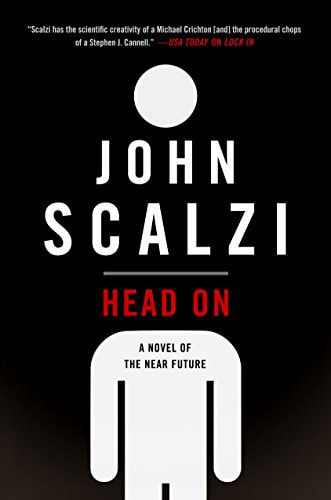 “Head On” is set in a near future world where a new disease (Haden’s) leaves some of the population completely unable to move, and yet they remain fully conscious in their minds. The solution? Those suffering from Haden’s can access a “threep” a type of robotic body that they control in order to interact with the world when they want to, and when they don’t? They hang out in a virtual world just for them. While “Head On” is the sequel to “Lock In” both books are their own entities in that, outside of the main character, FBI agents Chris Shane (a very, very wealthy Haden) and his partner Agent Vann, nothing from the two books overlap. They focus on totally different cases and Scalzi still explains the threeps and how Haden’s Syndrome works along with the prejudice those in their threeps face on a daily basis—both as micro aggressions and overt distrust. And while “Head On” is thoroughly enjoyable on its own, you’ll want to read “Lock In” first, trust me. 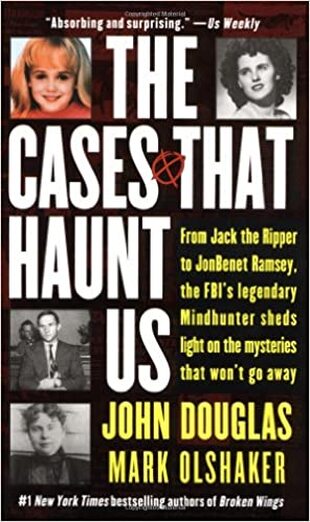 I won’t lie, I got this book because I am fascinated about true crime; particularly the mindset of these offenders and serial killers. So, of course, I wanted to read the famed “Mindhunter’s” take on a series of cases that are, for all intents and purposes, unsolved to this day. The authors do a great job of analyzing the facts available for these cases, and provide a brief overlook on the kind of person and criminal who would perpetrate such a crime, along with what a law enforcement official would need to do, or look for, before and after the case in order to apprehend the offender. And, for the most part, this book did not disappoint in that regard. I found the authors straight forward—if sometimes dry—presentation to be illuminating when it came to the kind of behaviors and motives that particular killers would show, or how police could have found them “back in the day” had things been different. But, sometimes, one of the authors does let his bias and ego show too much for my tastes. 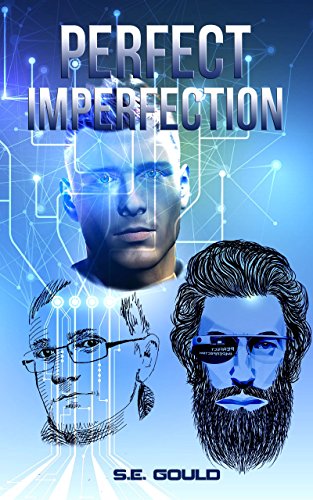 “Perfect Imperfection” has flavors of Ready Player One meets The Matrix and James Bond with its virtual worlds, mind-machine interfaces, smart AI, and all the sophisticated tech and toys the people in PI get to use. Our main character is no one important when he is alive, but when an accident leaves Billings on the brink of death, he is offered the chance of a lifetime: to “live” in a virtually created world dedicated to benevolence and helping society. The group of PI are virtual super heroes, righting wrongs and anonymously helping law enforcement. The creator of PI has brought together the brightest minds, all agreeing to dwell in this virtual world, advancing and studying in their fields, all while making sure no one finds out about their virtual paradise. That is until a hacker starts seeing the patterns of PI and gets it into his mind that this benevolent organization is going to be his next pay day. Hacker stories are tough because it can be a lot of technical nuance that can be stale to read, and while this was book was easy to understand and it had the potential to be exciting, I struggled to get through the story for the vast majority of the book. 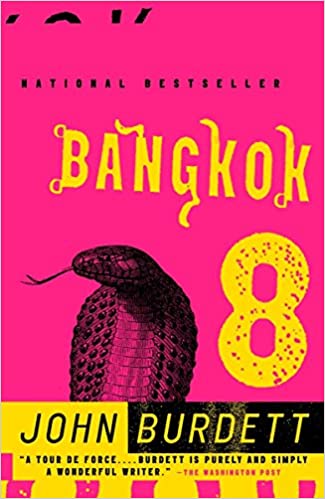 Welp, I’ve finally done it, friends. I’m DNFing this book. I just can’t finish it. I can’t think of a book that felt more like a chore to read. And, normally, since this is a book I’m setting aside, I wouldn’t even review it, but I got to the 63% mark so I feel like I am capable of passing some level of judgement. I’m not rating this book anywhere else, nor reviewing it for that matter, except for here, so let’s get into it shall we? How a book that is supposed to be a thriller and mystery, darkly humorous, and set in Thailand from a native perspective really came across as anything but. |
Click the book images to see them on Amazon!
Categories
All
|






 RSS Feed
RSS Feed



















